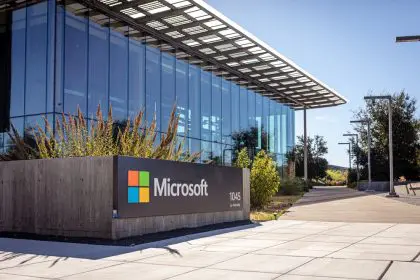As artificial intelligence continues to evolve and integrate into various industries, a new workforce trend has emerged: silent firing. This phenomenon is gaining attention as employees express concerns about job security in an increasingly automated world.
What is silent firing?
Silent firing is essentially the opposite of quiet quitting, a trend that gained traction during the COVID-19 pandemic. While quiet quitting involves employees doing the bare minimum to avoid termination, silent firing occurs when employers intentionally make work conditions unbearable, hoping that employees will choose to leave voluntarily. This strategy is often employed by companies looking to automate positions without incurring the costs associated with severance packages.
The role of AI in silent firing
Experts suggest that the rise of AI is a significant factor in the silent firing trend. George Kailas, CEO of Prospero.Ai, points out that certain tech companies are creating inhospitable work environments to drive employees away. For instance, Amazon’s push for a five-day in-office workweek has been met with dissatisfaction from a majority of its workforce, with 90% expressing discontent and 73% contemplating resignation. This shift away from flexible work arrangements may be a tactic to reduce employee retention while paving the way for automation.
Trends in employment
Recent studies from Live Data Technologies indicate that employment growth in major tech companies has been inconsistent. In 2022, employee numbers rose by 5%, only to decline shortly after. This pattern repeated itself in early 2024, highlighting the volatility in hiring practices within the tech sector. While AI is often blamed for these fluctuations, some experts argue that the technology is not as capable of replacing jobs as many fear.
Expert opinions on AI’s impact
Daron Acemoglu, an MIT professor and economist, contends that only about 5% of jobs are at risk of being replaced by AI in the next decade. He emphasizes that the technology is not yet reliable enough to handle the complexities of most jobs. This perspective suggests that while AI may influence job markets, it is not the sole factor driving trends like silent firing.
Unemployment and employee engagement
Kailas reports that nearly 18% of individuals who previously worked in big tech are currently unemployed, attributing this to the booming AI sector amidst a stagnant labor market. Furthermore, a Gallup survey revealed a 5% decrease in engagement among younger employees, particularly Gen Z and young millennials. Richard Wahlquist, CEO of the American Staffing Association, notes that nearly 30% of employees are not actively engaged in their work, which may contribute to the silent firing trend.
Navigating the new workforce landscape
The emergence of silent firing highlights the challenges faced by employees in the modern workforce, particularly as AI continues to reshape industries. As companies navigate this new landscape, it is crucial for workers to remain informed and proactive about their job security and engagement. Understanding these trends can empower employees to make informed decisions about their careers in an ever-evolving job market.

















